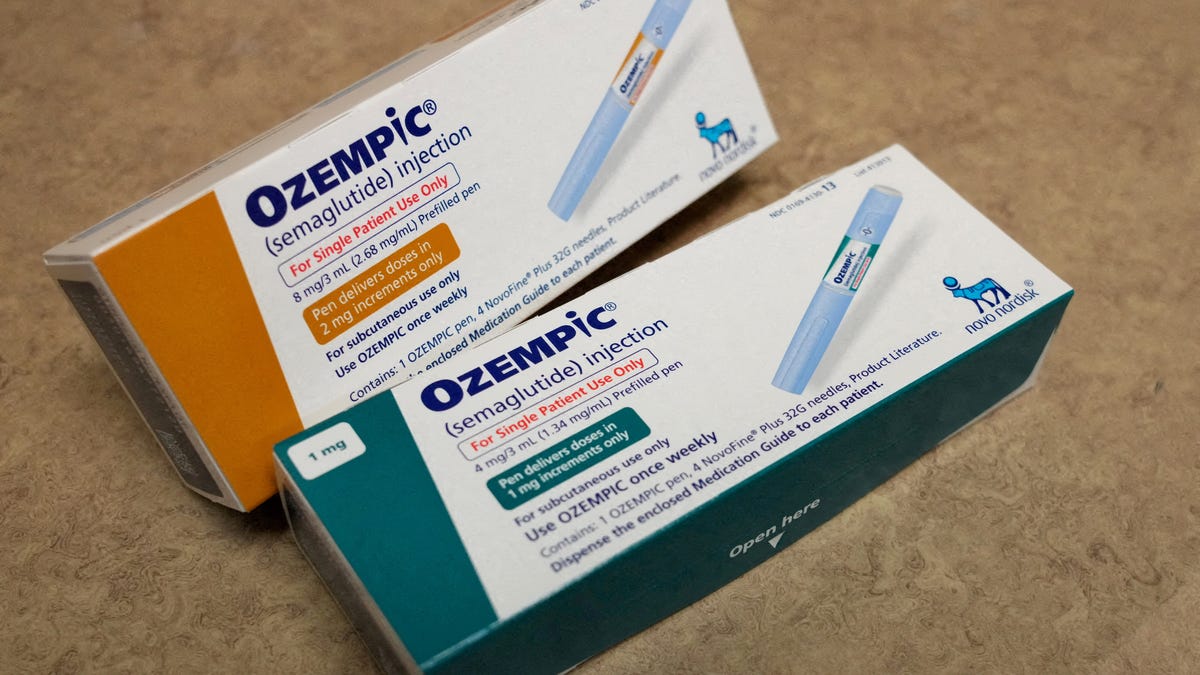A year ago, few were familiar with the term “Ozempic,” but now, this weight loss drug, along with its similar prescription called Wegovy, is making waves. Originally developed to treat Type 2 diabetes, this injectable medication is being praised as a breakthrough in the fight against obesity. The success of semaglutide, the active ingredient in Ozempic and Wegovy, has led to a significant increase in investment and prescription numbers.
Unfortunately, much of the funding for these drugs comes from off-label uses, meaning doctors prescribe them for purposes other than their FDA-approved indications. While the FDA only approves semaglutide for patients with a body mass index (BMI) of 30+ or a BMI of 27+ with comorbid conditions, insurance companies often don’t cover weight loss drugs. As a result, those who most need the medication have difficulty accessing it, while individuals with healthy BMIs who can afford to pay out of pocket have easy access. The availability of semaglutide to those with deep pockets prompted Jia Tolentino of The New Yorker to remark that it’s “terribly easy to get” for some individuals.
To delve deeper into the topic, here are some key statistics:
– 9 million: The number of Ozempic and Wegovy prescriptions written by US doctors in the last three months of 2022.
– 15%: The average weight loss achieved by patients in a trial studying the maximum dose of Wegovy.
– 66%: The average weight regained by patients in the first year after stopping Ozempic or Wegovy.
– $7 billion: The earnings of the Danish pharma company Novo Nordisk, the manufacturer of Wegovy and Ozempic, in the first half of 2023.
– 2.3%: The share of Manhattan’s wealthiest residents taking Ozempic or Wegovy in 2022.
– $2.1 trillion: The estimated annual cost of providing semaglutide to every obese American at its current price.
Now, let me explain how semaglutide works:
Researchers discovered in 1995 that our bodies produce various digestive enzymes when we eat, with some enzymes promoting insulin production, slowing digestion, and curbing hunger hormones. Semaglutide, the active ingredient in Ozempic and Wegovy, mimics one of these enzymes called the glucagon-like peptide-1 (GLP-1) receptor. By acting as a GLP-1 agonist, semaglutide makes individuals more insulin-sensitive and reduces appetite. This is why the drug has gained popularity as a weight loss treatment.
The pharmaceutical giant Eli Lilly recently announced promising results from a clinical trial of a new diabetes drug named Mounjaro, similar to Ozempic and Wegovy. Study participants lost an average of 60 lbs (27kg) or a quarter of their body weight. Mounjaro combines a GLP-1 agonist with another hormone called glucose-dependent insulinotropic polypeptide (GIP), making it even more effective than semaglutide. However, Mounjaro has not yet received FDA approval for weight loss, although experts anticipate clearance later this year.
While Ozempic and Wegovy have been touted as miracle drugs, they do come with potential side effects. Some users experience a loss of interest in food or the inability to keep food down. Semaglutide-based medications may also increase the risk of thyroid cancer, cause emotional dysregulation, and lead to excessive weight loss. The full extent of the drugs’ pros and cons is still unknown since the observations have only been made over a two-year period. As semaglutide gains popularity, the list of potential complications will likely grow.
To highlight the financial impact of semaglutide, Danish pharmaceutical company Novo Nordisk experienced a temporary market cap surge, surpassing luxury goods giant LVMH in September. Novo Nordisk holds the exclusive patent for semaglutide-based drugs, meaning all profits flow back to Copenhagen. Although compound pharmacies have attempted to replicate the active ingredient, their efforts fall short.
Interestingly, some scientists involved in semaglutide’s development believe that its appeal as a weight loss drug will fade over time. They suggest that people on GLP-1 therapy may lose interest in food, making life boring and leading to a return to old habits.
Now let’s address the impact of semaglutide on snacks:
Individuals taking Ozempic and Wegovy often report changes in their appetite and a preference for healthy, low-sugar, and low-fat foods. This has snack manufacturers reconsidering their strategies. A report from Morgan Stanley predicts that as many as 7% of Americans will be on a GLP-1 drug by 2035, potentially causing a 3% or more decline in “junk food” sales. However, it’s important to note that these drugs may not be primarily accessible to lower-income individuals, who are often targeted by the cheap sugary food industry. As a result, major snack companies may not drastically change their approach just yet.
If you’re interested in exploring this topic further, check out the Maintenance Phase podcast by Aubrey Gordon and Michael Hobbes. In their latest episode on Ozempic, they discuss the potential benefits of new weight loss medications and emphasize the importance of combating anti-fat bias.
In terms of the pop quiz, the correct answer is A., $915, which is the out-of-pocket cost for a month’s supply of injectable Ozempic.
Denial of responsibility! Vigour Times is an automatic aggregator of Global media. In each content, the hyperlink to the primary source is specified. All trademarks belong to their rightful owners, and all materials to their authors. For any complaint, please reach us at – [email protected]. We will take necessary action within 24 hours.


